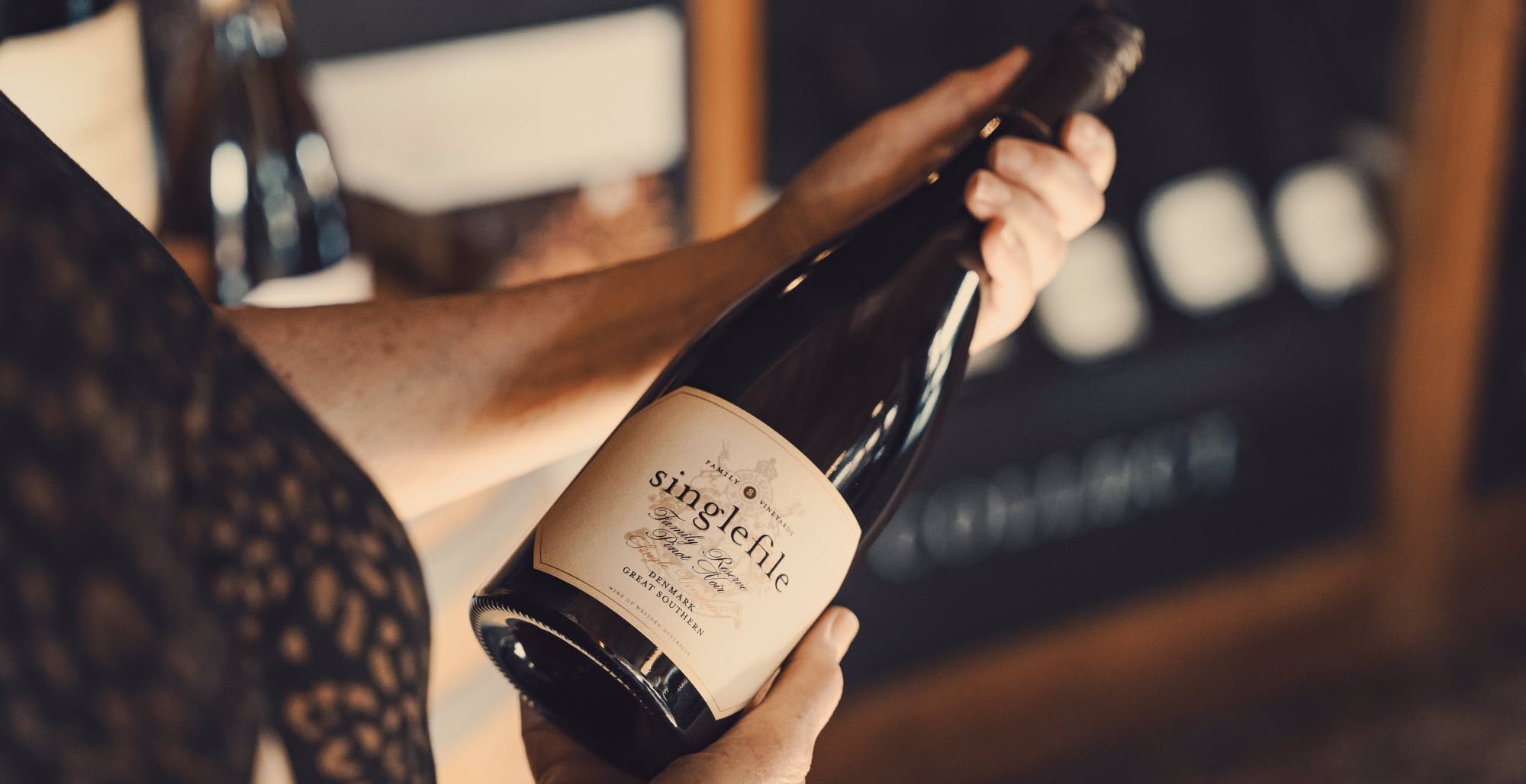
Rethinking Chardonnay: 5 common misconceptions about this noble grape
Chardonnay is the world’s most widely planted white grape and can be found in most wine regions across the globe. Despite its popularity, it tends to divide opinion—admired by some, dismissed by others, often due to lingering associations with the overly oaked styles of the 1980s and ’90s.
Today, chardonnay has been thoughtfully reimagined, with a renewed focus on balance and site expression. Yet, certain misconceptions continue to surround this noble variety. In truth, chardonnay is something of a chameleon; capable of producing wines that are lean and racy, or full-bodied and luxurious, and everything in between.
Here, we explore some of the most enduring misconceptions about chardonnay and reveal what makes it one of the most versatile and exciting varieties in the world.
1. “All chardonnay is heavy, oaky, and buttery.”
This stereotype lingers from the particular style popularised in California, and repeated throughout the world, in the 1980s and ‘90s. The heavy-handed use of oak in these styles concealed varietal flavour and resulted in a wine that was rich to the point of being sickly. The focus of most modern chardonnay styles is to find an elegant balance between expression of the fruit and the hand of the winemaker—in fact, chardonnay is often referred to as “the winemaker’s grape”, due to its ability to be shaped by vinification decisions.
Chardonnay is incredibly versatile and offers enjoyment for every palate. It can be lean and mineral (similar to Chablis), bright and fruit-forward, or rich and voluptuous, depending on both the climate where the grape is grown, and winemaking choices.
Tip: If you enjoy crisp, refreshing wines, seek out unoaked chardonnay from cooler climates. In contrast, warmer regions and the use of oak ageing typically produce richer, more generous styles.

2. “The richness of chardonnay comes from oak.”
While the use of oak can impart rich flavors (such as vanilla, toast, and spice), much of chardonnay’s richness is developed using winemaking techniques like malolactic fermentation and bâtonnage (lees stirring)—oak isn’t the primary source of the rich and creamy texture found in full-bodied chardonnay.
Malolactic fermentation (sometimes written in tasting notes as MLF) is a secondary fermentation process which softens acidity and adds creamy texture, through the use of bacteria to convert very tart malic acid in wine to ‘rounder’ lactic acid, similar to the acid found in dairy. A byproduct of MLF is diacetyl, a compound which imparts the buttery flavour and mouthfeel common in richer chardonnay styles.
Lees stirring—bâtonnage—is also employed to enhance the wine’s body and texture, adding silkiness and depth. Lees are the spent yeast cells and particles that settle in the barrel following fermentation. The more they are agitated through the wine, the stronger their influence—hence bâtonnage is used to develop silky texture and palate weight. It can also add flavours akin to brioche to the wine.
Tip: Once you’ve found a chardonnay you like, check the tasting notes for clues to the winemaking choices used to produce that style.

3. “Chardonnay is always a ‘still’ wine.”
Again proving its versatility, as well as making still wines, chardonnay is the backbone of many great sparkling wines. Champagne, and méthode traditionnelle sparkling wines, are commonly produced with a blend of chardonnay and pinot noir, and styles labelled Blanc de Blancs are made exclusively from chardonnay, delivering a bright, elegant sparkling style.
4. “Chardonnay only pairs with chicken or shellfish.”
When considering a perfect wine and food pairing, it can be tempting to rely on old classics: riesling and oysters, shiraz and steak, sauvignon blanc and spring vegetables. But in chardonnay’s case, its myriad styles allow it to pair with a broad spectrum of dishes.
Leaner, unoaked examples with bright natural acidity can be enjoyed as a partner to grilled fish, sushi, oysters and salads, where you may normally opt for a sauvignon blanc or riesling.
A lightly oaked style, which carefully balances fruit flavour with a little texture and spice, is ideal with creamy pasta dishes, roast chicken and salmon.
The most full-bodied examples call out for dishes offering similar richness: buttery lobster, roast pork, or an earthy mushroom and truffle risotto.
Tip: In researching for this piece, we came across some surprising pairing recommendations: sommeliers who suggested that a good rich and oaky chardonnay could make a memorable match with quality vanilla icecream, or with a well-marbled, fatty cut of steak—we are looking forward to putting them to the test! Food and wine pairings are never set in stone, and experimentation can yield delicious results, but a good rule of thumb is to match the weight of the wine to the weight of the dish.

5. “Chardonnay should be served ice cold.”
Serving chardonnay too cold can actually mute its aromatics and flavour, and dull its texture. We suggest serving chardonnay at around 10-13°C to enjoy full expression of the wine’s character.
Tip: Take your bottle out of the fridge 15-30 minutes before serving to experience your chardonnay at its best.
Like any great classic, chardonnay continues to evolve. If you have written it off in the past, now is the perfect time to give it another chance, because today's offerings are more diverse, elegant, and exciting than ever.




































